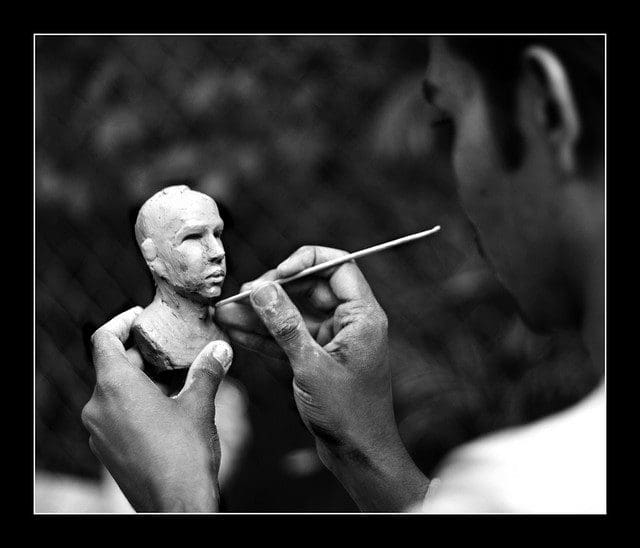
How often should I update my website?

As a business professional, you have more than likely invested valuable time and money into your web design and developing a website that is truly representative of you and your company. Unfortunately, in this time of ever-changing technology, managing a website is not a set it and forget it task. You should be spending some time updating your website every week. If you don’t invest in your website the content will become stale and your business could suffer.
As the owner, you need to be consistently updating your website to reflect your growing and changing business. So how do you know when it is time for a major overhaul (new web design) versus a few minor changes? Here are some key indicators that may add up to one large web presence red flag:
1. Check your analytics. Don’t have analytics? How do you know the amount of traffic passing through your website on a monthly, weekly or daily basis? You need analytics. A good source of web-data allows you to see how many people are visiting your website, how long they are staying there, and where they came from.
2.Check your content. Is your website content still current and relevant? Do you have links to pages that no longer exist? Are there broken images? A 404 page, which tells a user your website content has moved, is one of the most discouraging things a web surfer can come across. It looks bad on your brand and can cause users to think you don’t spend enough time keeping your own website up to date. You do not want website visitors to feel that your company may not be credible and that you don’t care about their customer experience.
3. Check your accessibility and compatibility. Do potential clients have a way to contact you via e-mail or a phone call? Can they easily find the right information on each of your web pages? Is your website functionality seamless, appearing uniform across multiple browsers and operating systems? If you answered no to any of these questions, it is probably time to look into some serious renovations to your online persona one of the biggest reflections of your brand. Perhaps a web design project? Once you have determined the items that need attention on your website, its time to start working on some fixes and upgrades.
At the root of the first two items is your web content. Have you had your website optimized for search engines? If not, that is exactly where you want to start. A qualified SEO specialist can analyze your website and determine if you have appropriate Meta tags & titles, page titles, and title tags. All of these elements are what search engines like Google scan through when users perform searches online. The better optimized your website, the more traffic you will see. Once web visitors arrive they need viable, reliable, high-quality, to-the-point web content supported by layouts that will pull their interest. The content on your website needs to be focused and descriptive, as well as interesting and informative.
Finally, your website has to be compatible with the many different browsers and operating systems people are using to navigate the internet. With so many options, you don’t want to turn people away because your website looks sloppy and unrefined. The most commonly used operating systems are Windows and Macintosh, while most people scour the internet with one of the following browsers: Google Chrome, Internet Explorer (versions 8 and 9), Firefox, and Safari. Also, be sure to check handheld devices such as smart phones and tablets. If your website looks great on all of these browsers and systems, you can almost guarantee an error free user experience, making your website the talk of the message boards.
Sources:
Smashing Magazine: “15 Essential Checks Before Launching Your Website,” “Redesign: When to do it and Best Practices,” “Website Maintenance Tips for Front End Developers,” “9 Common Usability Blunders,” “10 Principles of Effective Web Design”